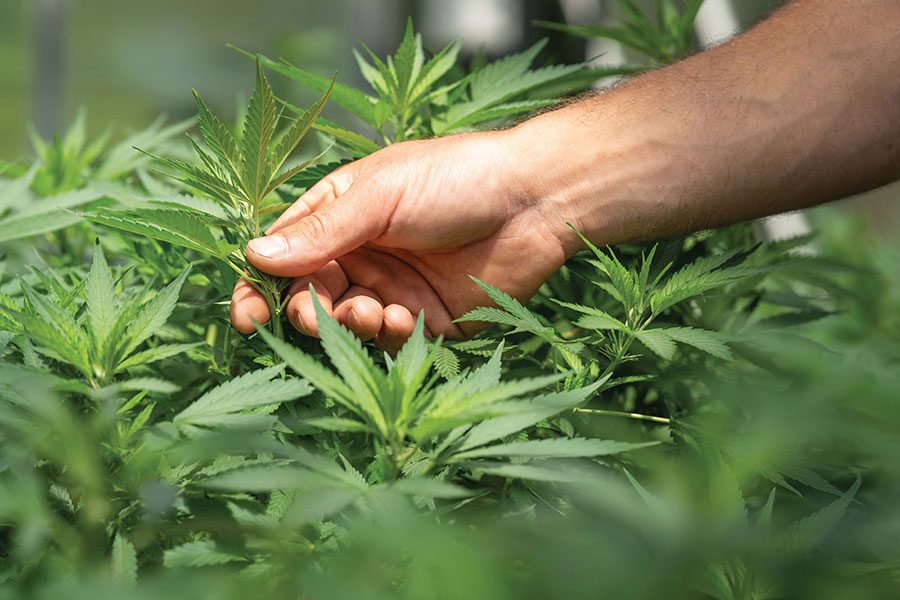
Green Chile, Red Planet

Green Chile, Red Planet
UNM’s connection to exploration of planet Mars — a relationship that dates back to the 1970s — continues to grow.
The latest Mars/UNM connection involves — what else? — growing green chile on the red planet.
A proposal by UNM architects, biologists, computer scientists and engineers calling themselves the UNM CHILI HOUSE Team won first place in a NASA competition for design technologies.
The UNM team’s winning submission uses small, simple robots and water sensors to water and tend to New Mexico chile peppers on Mars, the same variety of chile that will soon be growing on the International Space Station.
Teaching robots to take care of plants is a big step toward having viable food source for astronauts when they land on Mars.
“Astronauts will need to have freshly grown plants for nutrition as well for mental health,” explained Dave Hanson, UNM Biology professor and a faculty advisor for the team. “Ideally, fresh food would be available when astronauts arrive at Mars and maintained continuously on both the moon and Mars without human intervention.”
The UNM team consists of five undergraduates, out of a total of 12 team members including graduate and faculty advisors, and draws from the departments of Biology and Computer Science and the School of Architecture and Planning.
The team proposes using an inflatable dome covered with protection from radiation and small meteorites. The interior of the dome houses planter configurations outfitted with moisture and health sensors, which wirelessly transmit signals from the plant to a robot. When the plant needs watering, the robots collect water from a distribution point near the center of the dome and transport it to the plant.
In essence, the plants are telling the robots when they need water, fertilizer or other care.
“The on-plant sensors are working like translators for the plant. They monitor electrical and biophysical changes in the plant and provide an output that people, or computers, can understand,” Hanson explained. “We then program the robots to understand those plant signals or communications. It may sound far-fetched that we may be communicating with plants, but just imagine ways we might need to communicate with other life forms that don’t speak.”



Recent Comments